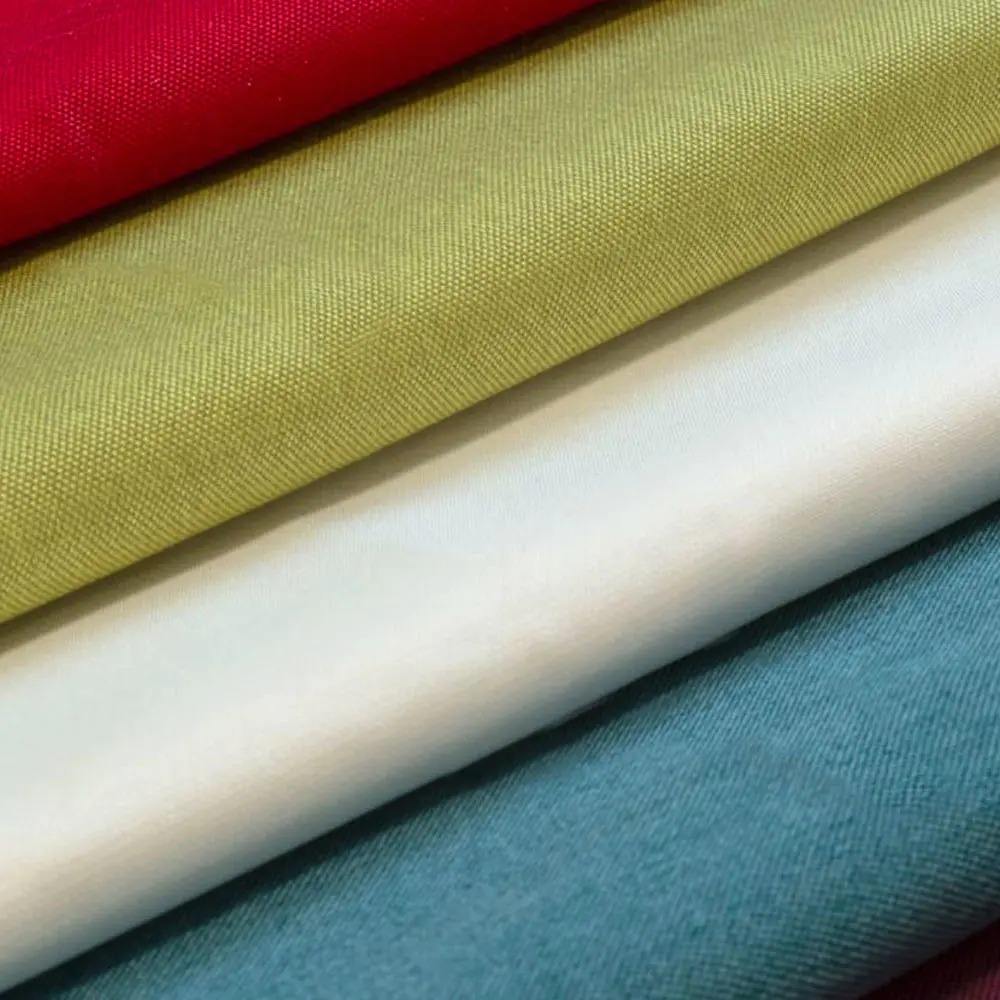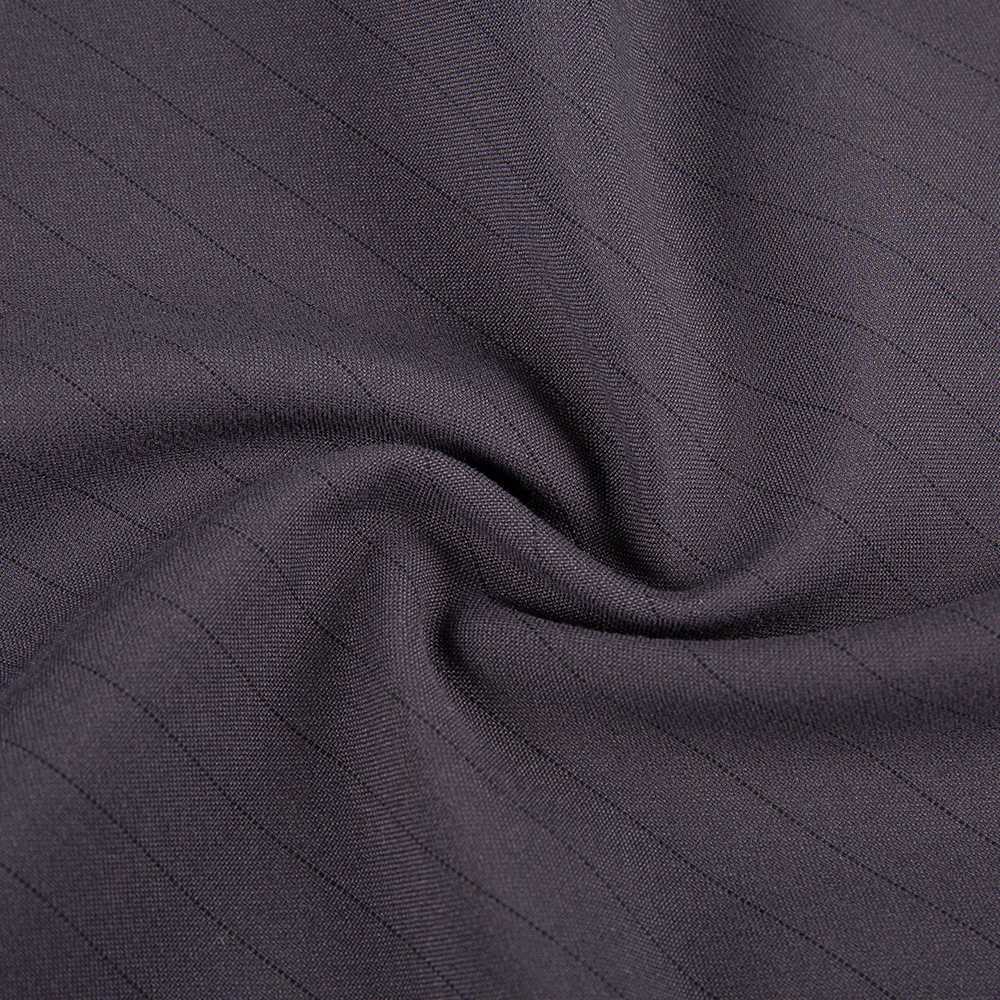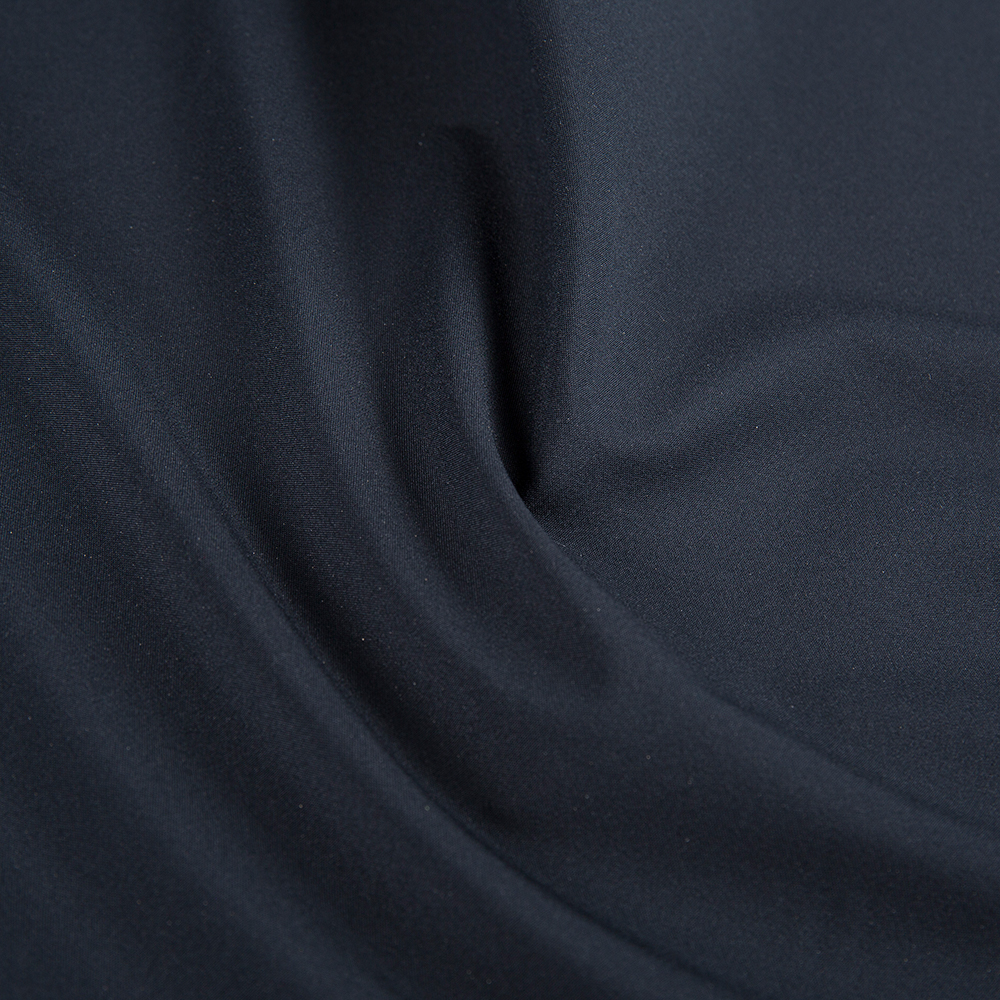Web Menu
Product Search
Industry news
Abrasion Resistance: Redefining Standards for Work Jacket Fabrics
Rising Demand for Performance Workwear
In the industrial and construction sectors, the durability of workwear is not merely an added benefit—it is a necessity. Work jackets, often exposed to rough surfaces, mechanical friction, and environmental stress, require fabrics engineered to withstand prolonged wear. Among all performance parameters, abrasion resistance has emerged as the defining quality for next-generation work jacket fabrics. This characteristic ensures not only product longevity but also consistent protection for the wearer in demanding conditions.
The Technical Importance of Abrasion Resistance
Abrasion resistance refers to a fabric’s ability to resist surface wear caused by frictional forces. For durable work jacket fabrics for industrial use, this feature directly impacts safety, cost-effectiveness, and operational efficiency. A jacket that retains its integrity under abrasive conditions minimizes repair or replacement needs, thus reducing downtime for workers and associated costs for employers.
In technical textile engineering, abrasion resistance is influenced by several factors:
Fiber composition: Synthetic fibers such as nylon and polyester exhibit higher abrasion resistance compared to natural fibers.
Weave structure: Tight, dense weaves offer better surface protection.
Fabric finishing: Treatments like resin coating or polyurethane lamination can enhance durability.
Performance Specifications of Modern Fabrics
Today, the design of abrasion-resistant workwear fabrics combines materials science and advanced manufacturing processes. Manufacturers often combine abrasion resistance with other properties, such as breathable and lightweight workwear fabric construction or water-resistant fabrics for industrial workwear.
The following is an example of a performance-focused specification comparison:
| Fabric Type | Abrasion Resistance Rating | Breathability Water | Repellency | Weight (g/m²) |
| Polyester/Nylon Blend (Twill Weave) | High | Medium | High | 230 |
| 100% Polyester (Ripstop Structure) | Very High | High | Medium | 210 |
| Cotton-Polyester Blend (Canvas Finish) | Medium | Medium | Low | 260 |
Balancing Durability and Comfort
While abrasion resistance is critical, a heavy-duty work jacket material for construction must also maintain wearer comfort. This balance is achieved by:
Layer engineering: Outer abrasion-resistant shell combined with an inner moisture-wicking liner.
Ergonomic tailoring: Allowing flexibility despite thicker materials.
Ventilation zones: Integrating breathable mesh in non-critical abrasion areas.
The challenge for textile developers lies in ensuring that lightweight and flexible fabrics for work jackets retain adequate durability without adding bulk or restricting movement.
Integration with Safety Standards
The industrial sector often requires flame-retardant materials for protective workwear alongside abrasion resistance. In high-risk environments, combining these properties ensures comprehensive safety. Similarly, high-visibility reflective work jacket fabrics can be engineered with abrasion-resistant coatings without compromising reflectivity.
International standards, such as ISO 12947 for abrasion testing and EN ISO 20471 for high visibility, set clear benchmarks for performance. Compliance with these ensures that high-performance industrial workwear textiles meet both regulatory and functional requirements.
Sustainability and Abrasion Resistance
With sustainability gaining prominence, abrasion-resistant work jacket fabrics are now being developed with recycled fibers and eco-friendly coatings. This shift addresses two industry concerns: reducing environmental impact and extending garment life. Longer-lasting jackets mean fewer replacements, contributing to waste reduction.
Innovations include:
Recycled polyester yarns treated with bio-based abrasion enhancers.
Plant-derived water-repellent finishes that complement durability.
Closed-loop recycling systems for worn-out garments.
Future Outlook: Hybrid Fabric Technologies
The next phase of innovation will likely focus on hybrid fabric technologies—materials that merge extreme durability with high comfort and smart capabilities.
Nanofiber reinforcements to enhance wear resistance without weight increase.
Moisture-adaptive membranes for thermal comfort.
Embedded sensor fabrics to monitor wear-and-tear in real time.
The industrial market’s demand for high-performance work jacket fabrics will continue to grow as sectors like construction, mining, and manufacturing push for garments that deliver multi-dimensional protection.
RELATED PRODUCTS
- Textiles
- > Cosplay Fabrics
- > Outdoor and sports series
- > Work Jacket Fabrics
- > Down Jacket Fabrics
- > Women's Wear Fabrics
- > Anti Static And Dust-Free Clothing Fabrics
- About BANYAN
- > Our Story
- > Innovation & Testing
- > Certificate
- Contact
- Address:No.2, Jinlun textile garden, 3rd south ring road, Shengze Town, Wujiang District, Suzhou
- Phone: +86-13913093109
- Email: [email protected]

 English
English 中文简体
中文简体











